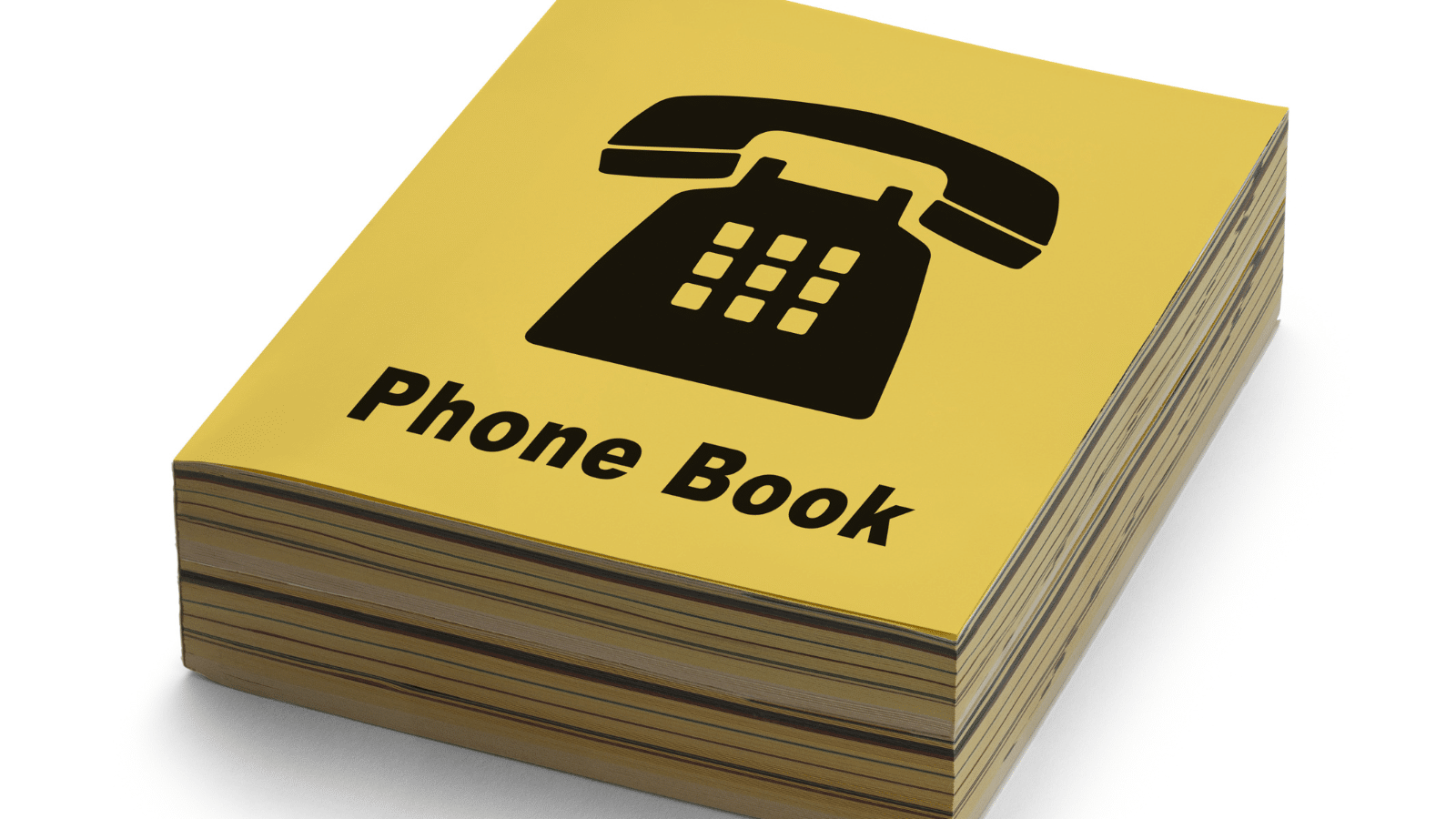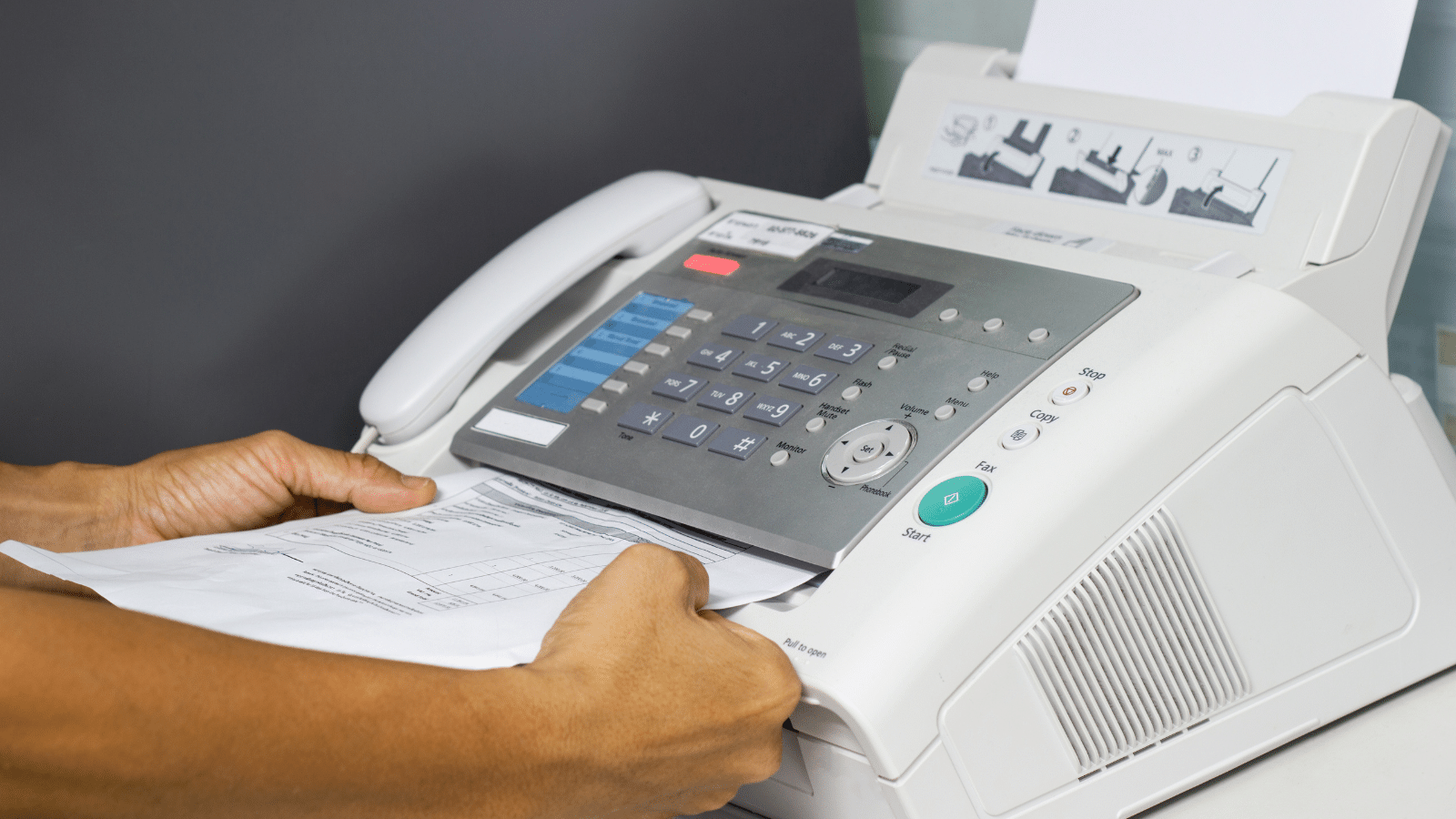In the vast tapestry of time, generations ebb and flow, each bearing witness to the transformative currents of progress. As the wheel of time turns, values, habits, and traditions shift, giving rise to distinct ways of life. In this ever-evolving narrative, the Baby Boomer generation stands as a bridge between two epochs, their experiences and customs offering a glimpse into a world now touched by the winds of change. Today, we embark on a profound journey through the annals of generational evolution. Join us as we navigate the tides of time, exploring the choices that define eras and generations, and the legacy they leave behind.
Send Physical Letters

Baby Boomers often relied on physical letters as the primary mode of long-distance communication because email and instant messaging didn’t exist during their youth. Younger generations favor email and texting for their speed and convenience, rendering handwritten letters less practical and immediate in today’s digital age.
Use Landline Phones

Baby Boomers grew up during a time when landlines were the standard means of communication, and mobile phones were not yet widespread. Younger generations have embraced mobile technology for its portability and multifunctionality, rendering landlines redundant for many.
Watch TV via Cable or Satellite

Cable and satellite TV were the standard entertainment sources for Baby Boomers, but younger generations prefer streaming services for their on-demand content and lack of commercials, which provide more flexibility and control over what they watch.
Read Print Newspapers

Baby Boomers relied on print newspapers for daily news updates because digital platforms were not available. Younger generations have gravitated toward online news sources for their immediacy, accessibility, and interactive features, causing a decline in print newspaper readership.
Listen to Traditional Radio

AM/FM radio was a major source of music and entertainment for Baby Boomers, while younger generations have turned to streaming services that offer personalized playlists and fewer ads, catering to their individualized music preferences.
Play Board Games

Baby Boomers enjoyed board games as a primary source of indoor entertainment, whereas younger generations have embraced video games, smartphones, and other digital technologies that offer a more immersive and interactive gaming experience.
Buy Physical Music CDs or Vinyl Records

Baby Boomers purchased physical music media like CDs and vinyl records to enjoy their favorite tunes. Younger generations have adopted digital music formats due to their convenience, portability, and the ability to access a vast library of songs instantly.
Visit Libraries for Research

Baby Boomers often visited libraries for research purposes because they had limited access to digital information. Younger generations utilize the internet as a comprehensive research tool, providing access to vast amounts of information without the need for physical library visits.
Use Physical Encyclopedias

Baby Boomers relied on physical encyclopedias for reference and research. Younger generations have turned to online encyclopedias like Wikipedia, which offer up-to-date information and multimedia resources at their fingertips.
Print and Develop Photos

Baby Boomers used film cameras and had their photos printed and developed due to the limitations of film technology. Younger generations favor digital photography, which allows them to instantly view, edit, and share their pictures online without the need for printing.
Write Checks for Payments

Baby Boomers commonly used checks for making payments because electronic banking and online payment platforms were not widely available during their earlier years. Younger generations rely on digital banking, mobile payment apps, and online transfers for their speed and convenience.
Shop in Brick-and-Mortar Stores

Baby Boomers grew up during a time when physical retail stores were the primary shopping venues. Younger generations prefer the convenience of online shopping, which offers a wider selection, competitive pricing, and doorstep delivery.
Keep Physical Address Books

Baby Boomers used physical address books to maintain their contact lists. Younger generations store contact information digitally on smartphones, which offers easy access, searchability, and the ability to sync across multiple devices.
Buy Physical Maps

Baby Boomers purchased physical maps for navigation before the advent of GPS and digital map applications. Younger generations rely on GPS navigation systems and map apps on their smartphones for real-time directions and traffic updates.
Use Phone Books

Baby Boomers depended on phone books for finding contact information, as online directories and search engines did not exist in their youth. Younger generations utilize online directories and search engines for their comprehensive and up-to-date listings.
Read Physical Books

Baby Boomers cherished physical books for their tactile experience and literary tradition. Younger generations have adopted e-books and digital reading devices for their portability, convenience, and the ability to carry an entire library in a single device.
Use Fax Machines

Baby Boomers relied on fax machines for document transmission due to the absence of email and digital document sharing. Younger generations opt for email attachments and cloud-based file sharing for their efficiency and environmental benefits.
Print Photos for Albums

Baby Boomers printed and stored photos in physical albums because digital photography and social media were not available. Younger generations favor digital photo storage and online sharing, allowing them to access and share memories instantly with a global audience.
21 Things That Shout You’re “Lower Class” According To Men

Class wars creep up in all aspects of life, including dating. We take a look at the things that men believe are telltale signs that you are lower class.
21 Things That Shout You’re “Lower Class” According To Men
Boomer Zoomers vs. Millennial Meh: 10 Cars the Older Gen Loves but Millennials Just Can’t Stand

The change in the automotive industry has been incredible over the year. Baby boomers born between 1946 and 1964 can’t get enough of the cars listed below, as muscle cars emerged in the 1960s, and new technologies appeared in the 1970s and 1980s. You can imagine why boomers genuinely appreciate these vehicles.
Boomer Zoomers vs. Millennial Meh: 10 Cars the Older Gen Loves but Millennials Just Can’t Stand
Across the Pond Disdain: 18 Horrendous American Habits Foreigners Just Can’t Stomach

There is a lot to love about America, from the bright lights of New York to the incredible breakfasts, but foreigners also dislike many things. We look at everything from poor public transport to an intimidating tip culture, sharing 18 things that America could be better at.
Across the Pond Disdain: 18 Horrendous American Habits Foreigners Just Can’t Stomach
Out with the Old: 18 Gen X Fads That Millennials and Gen Z Just Can’t Vibe With

While some old habits die hard, there are some things that Gen X need to eliminate as they are no longer relevant.
Out with the Old: 18 Gen X Fads That Millennials and Gen Z Just Can’t Vibe With
18 Unpleasant States You Might Want to Skip on Your Next Trip

When thinking of America, we don’t expect there to be boring or unpleasant places to visit. We see all the different states on the TV, and they show the best parts. However, there are some states you won’t want to visit, and you should brace yourselves if you ever happen to stumble into them.
18 Unpleasant States You Might Want to Skip on Your Next Trip






